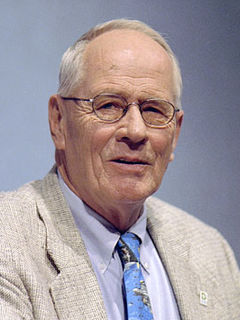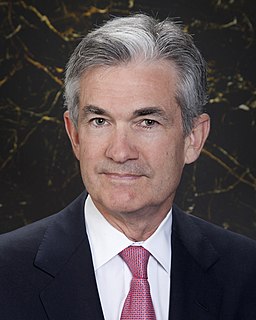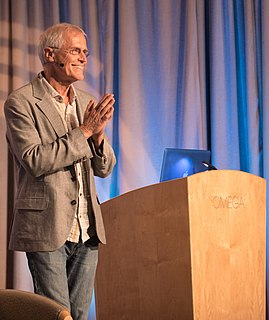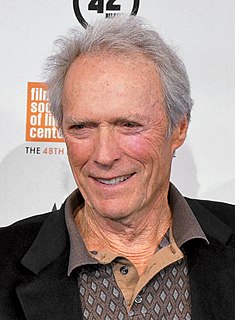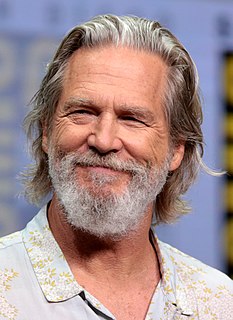Ein Zitat von Guy Standing
Im alten Einkommensverteilungssystem des 20. Jahrhunderts waren die Anteile des Einkommens, die dem Kapital (hauptsächlich in Form von Gewinnen) und der Arbeit (in Form von Löhnen und Lohnnebenleistungen) zufließen, in etwa stabil. Aber dieses System gibt es nicht mehr.
Verwandte Zitate
Die eigentliche wissenschaftliche Untersuchung der Vermögensverteilung hat, wie wir zugeben müssen, gerade erst begonnen. Die herkömmliche wissenschaftliche Untersuchung der sogenannten Verteilungstheorie in Rente, Zinsen, Löhne und Gewinne hat nur einen entfernten Bezug zu diesem Thema. Dieses Thema, die Ursachen und Heilmittel für die tatsächliche Verteilung von Kapital und Einkommen unter realen Personen, ist eines von vielen, die jetzt unsere größten Anstrengungen als wissenschaftliche Erforscher der Gesellschaft erfordern.
Die Zwei-Faktor-Ökonomie macht deutlich, dass unser wirtschaftliches Problem nicht das ist, was Ein-Faktor-Denker (arbeitszentriert) behaupten: eine ungleiche Einkommensverteilung. Es handelt sich um eine ungleiche Verteilung der Produktivkraft, die zu einer unbrauchbaren Einkommensverteilung führt.
Wenn Oberflächenwasser mit Zinserträgen und nicht erneuerbares Grundwasser mit Kapital verglichen werden kann, dann lebte ein Großteil des Westens hauptsächlich von Zinserträgen. In Kalifornien wurden Zinsen und Kapital etwa zu gleichen Teilen gemolken. Die Präriestaaten verschlangen jedoch Kapital, so wie eine Bande verschwenderischer Erben das Vermögen eines großen Kapitalisten verschwenden würde.
Der D-Day stellt die größte Errungenschaft des amerikanischen Volkes und Systems im 20. Jahrhundert dar. Es war der Wendepunkt des 20. Jahrhunderts. Es war der Tag, an dem die Entscheidung darüber fiel, wer in der zweiten Hälfte des 20. Jahrhunderts auf dieser Welt herrschen würde. Wird es der Nationalsozialismus sein, wird es der Kommunismus sein oder werden sich die Demokratien durchsetzen?
Einwandererfamilien mit geringerem Einkommen erhalten möglicherweise mehr Sozialleistungen, als sie an Steuern zahlen. Aber dieses mathematische Gleichgewicht ist vorübergehend und ein Artefakt der Art und Weise, wie das Steuer- und Transfersystem strukturiert ist, um Familien mit niedrigerem Einkommen zu helfen und Familien mit Kindern zu unterstützen.
Viele Menschen verstehen nicht, dass Unternehmensinvestitionen ein entscheidender Faktor für den Wohlstand sind, der zu mehr Arbeitsplätzen, höheren Löhnen und einem höheren Familieneinkommen führt. Anders ausgedrückt: Steigende Steuer- und Regulierungslasten, die Investoren und Unternehmen benachteiligen, bestrafen auch Arbeitnehmer mit mittlerem Einkommen.
Mein reicher Vater hat mir beigebracht, mich auf passives Einkommen zu konzentrieren und meine Zeit damit zu verbringen, Vermögenswerte zu erwerben, die ein passives oder langfristiges Residualeinkommen bieten ... passives Einkommen aus Kapitalgewinnen, Dividenden, Residualeinkommen aus Unternehmen, Mieteinnahmen aus Immobilien und Lizenzgebühren.
Wie kommt es, dass wir ein Wirtschaftssystem geschaffen haben, das uns sagt, dass es billiger ist, die Erde zu zerstören und ihre Menschen zu erschöpfen, als sie beide zu ernähren? Ist es sinnvoll, ein Preissystem zu haben, das die Zukunft abwertet und die Vergangenheit verkauft? Wie haben wir ein Wirtschaftssystem geschaffen, das Kapitalliquidation mit Einkommen verwechselt?





